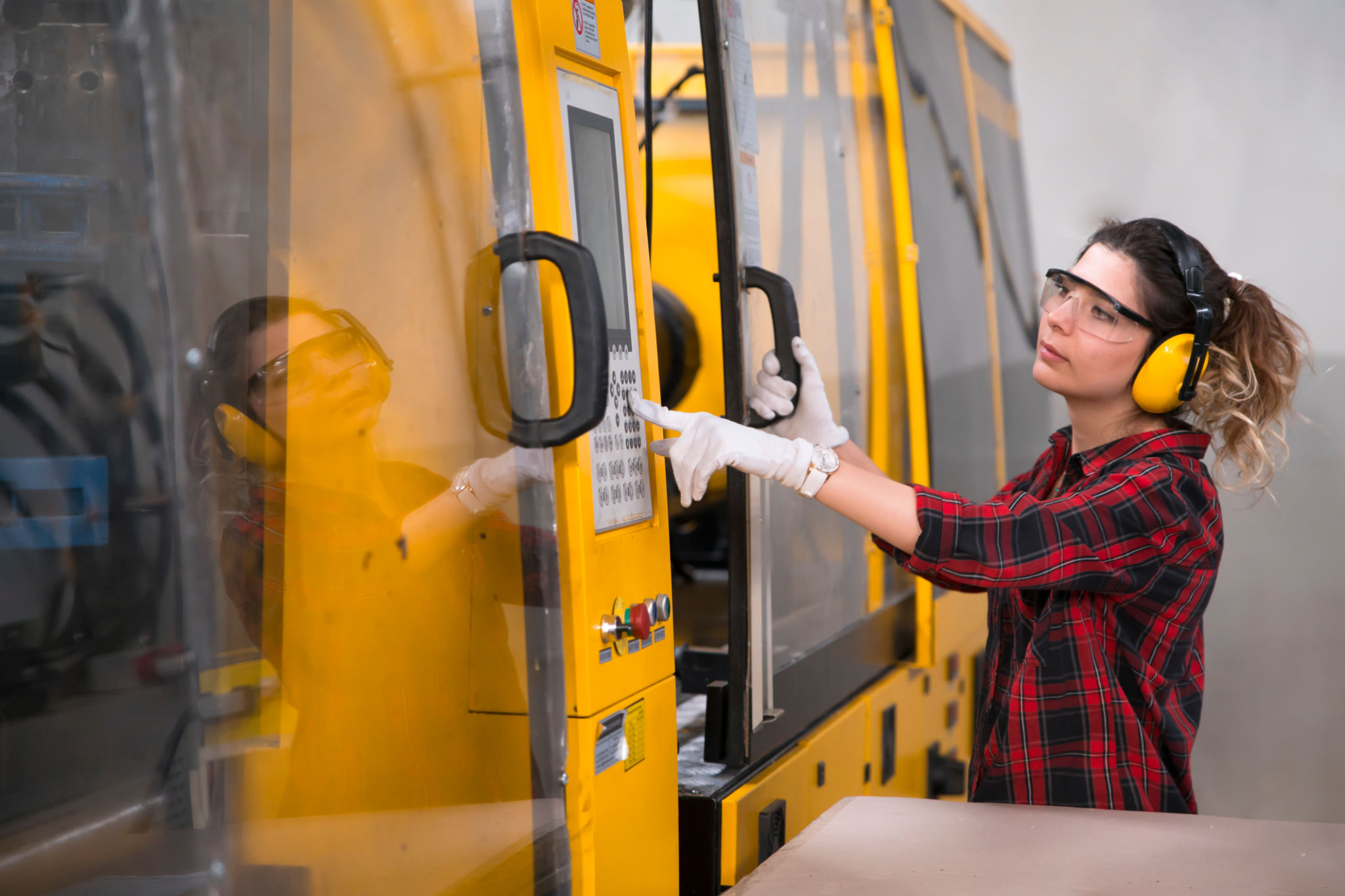How Inspection Robots are Revolutionizing Zhejiang’s Industrial Landscape
The Role of Inspection Robots in Industry
In recent years, Zhejiang's industrial landscape has experienced a significant transformation, driven by the integration of advanced technologies. Among these, inspection robots have emerged as a pivotal innovation. These robots are not only enhancing efficiency but also reshaping how industries conduct inspections and maintain quality standards.
Inspection robots are designed to perform tasks that are either too dangerous or too monotonous for human workers. They are equipped with sensors and cameras that allow them to navigate complex environments, gather data, and identify potential issues with remarkable precision. This technological advancement is particularly beneficial for Zhejiang, known for its diverse industrial activities, from manufacturing to electronics.

Enhanced Efficiency and Safety
One of the most significant advantages of using inspection robots is the enhancement of both efficiency and safety in industrial operations. Traditionally, inspections required human workers to enter hazardous areas, risking their health and safety. Now, with robots, these risks are minimized. Robots can operate in extreme conditions, such as high temperatures or toxic environments, ensuring the safety of human personnel.
Moreover, inspection robots can work continuously without fatigue, significantly increasing the efficiency of inspection processes. They provide real-time data and analytics, allowing for quicker decision-making and reducing downtime caused by manual inspections. This capability is crucial for industries in Zhejiang that operate on tight schedules and demand high productivity levels.

Precision and Reliability
The precision and reliability offered by inspection robots are unparalleled. These robots are equipped with advanced imaging and sensory technologies that allow them to detect minute defects that might be missed by the human eye. This precision ensures that industrial products meet high-quality standards before reaching the market.
The reliability of robotic inspections also translates to cost savings. By identifying defects early in the production process, manufacturers can prevent costly recalls and reduce waste. This aspect is particularly beneficial for Zhejiang's electronics and automotive industries, where quality control is paramount.

Challenges and Future Prospects
Despite the numerous advantages, the adoption of inspection robots is not without challenges. The initial cost of implementation can be high, and industries may face a learning curve in integrating robotic systems into their existing operations. However, the long-term benefits often outweigh these initial hurdles.
Looking ahead, the future prospects for inspection robots in Zhejiang's industrial landscape are promising. As technology continues to evolve, these robots will become even more sophisticated, with enhanced capabilities such as artificial intelligence and machine learning. These advancements will further revolutionize inspection processes, making them more efficient and cost-effective.
Conclusion
In conclusion, inspection robots are playing a transformative role in Zhejiang's industrial sector. By improving safety, efficiency, precision, and reliability, they are setting new standards for industrial operations. As industries continue to embrace this technology, Zhejiang is poised to remain at the forefront of innovation and industrial excellence.